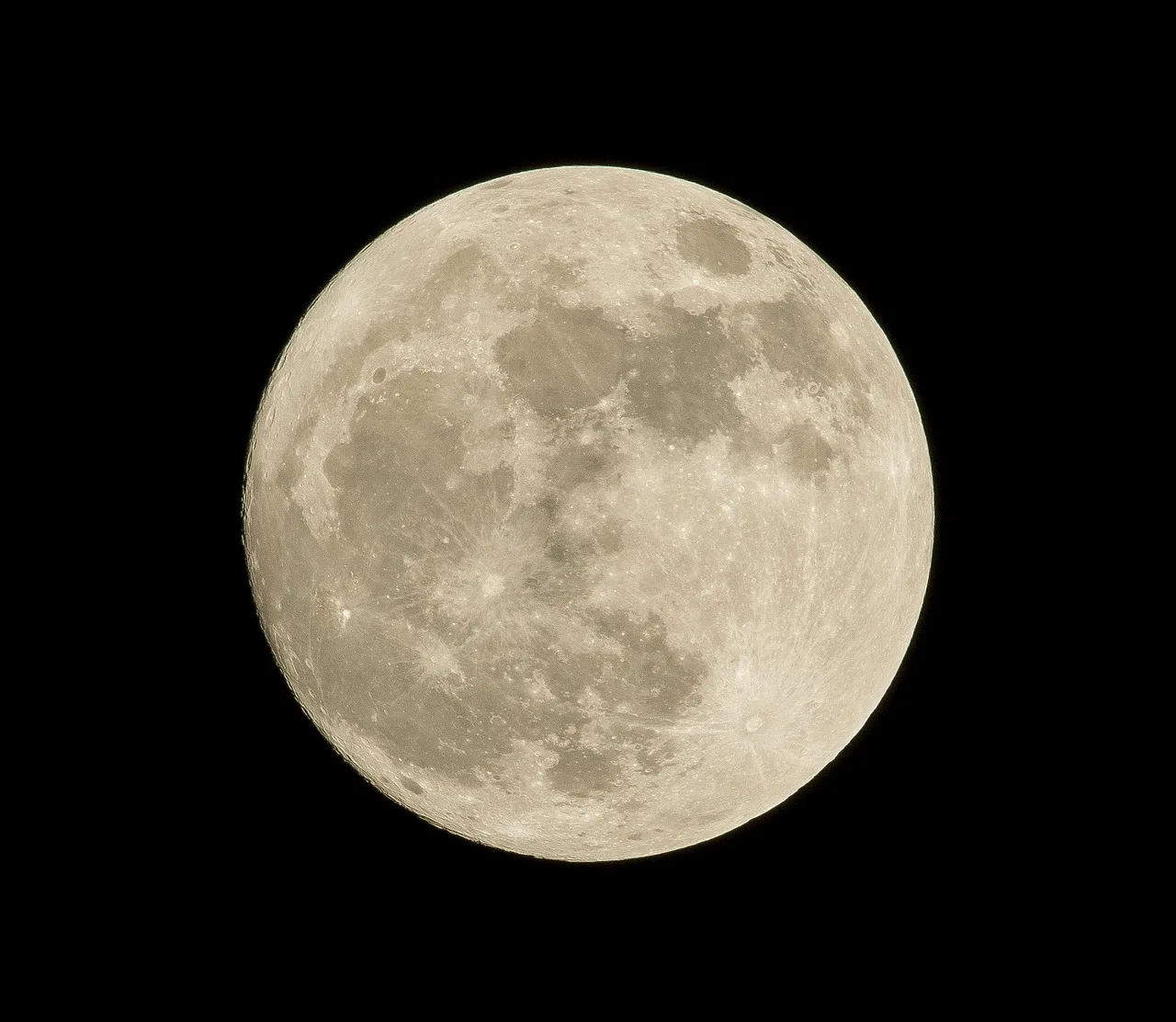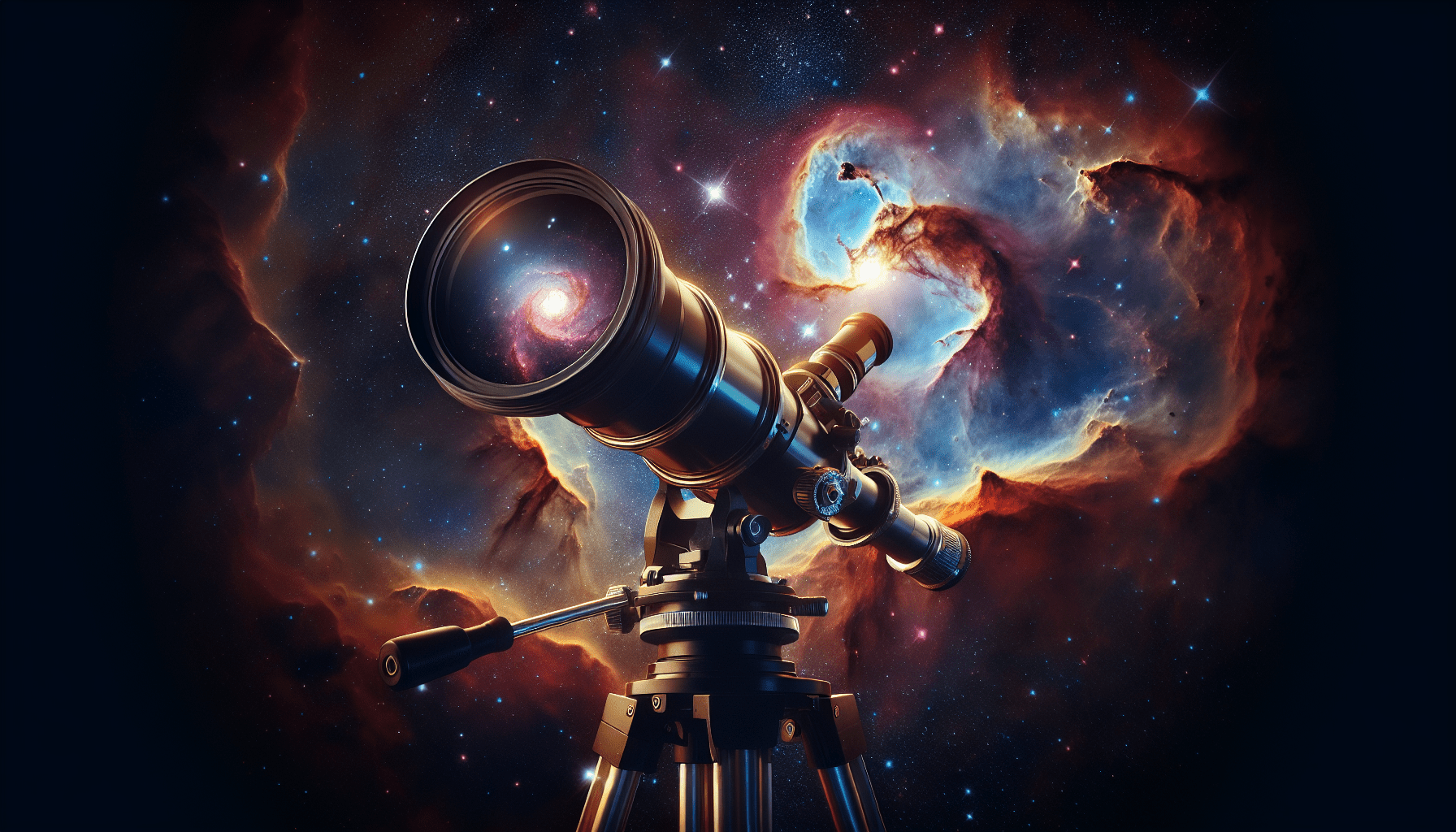The article titled “Exploring the maximum useful magnification for a 5 Inch Telescope” aims to investigate the optimal level of magnification that can be achieved using a 5 inch telescope. By thoroughly examining the capabilities and limitations of this particular telescope size, the article seeks to provide astrophotography enthusiasts and amateur astronomers with crucial insights into achieving the best possible viewing experience. With a focus on precision and scientific method, this exploration aims to equip readers with the knowledge needed to make informed decisions about their telescope equipment.
Table of Contents
Exploring the Maximum Useful Magnification for a 5 Inch Telescope
Factors affecting maximum useful magnification
The maximum useful magnification of a telescope is influenced by several factors. These factors include the aperture of the telescope, the quality of the telescope optics, atmospheric conditions, and the quality of the eyepiece used. Each of these factors plays a significant role in determining the maximum useful magnification that can be achieved with a telescope.
Aperture of the telescope
The aperture of a telescope refers to the diameter of its primary lens or mirror. It is an essential factor in determining the maximum useful magnification. Aperture directly affects the amount of the telescope’s light-gathering power and its ability to resolve fine details. A larger aperture allows for more light to enter the telescope, resulting in a brighter and sharper image. As a general rule, telescopes with larger apertures have the potential for higher magnification capabilities.
Quality of the telescope optics
The quality of the telescope optics also plays a crucial role in determining the maximum useful magnification. High-quality optics, such as lenses and mirrors, are essential for producing clear and sharp images. Any imperfections in the optics, such as aberrations or distortions, can negatively impact the overall image quality at higher magnifications. A telescope with superior optics will be able to handle higher magnifications without significant degradation in image quality.
Atmospheric conditions
Atmospheric conditions, such as turbulence and atmospheric instability, can have a significant impact on the maximum useful magnification of a telescope. Turbulence in the Earth’s atmosphere can cause the stars to twinkle and the image to appear blurry. These atmospheric disturbances decrease the overall image stability, making it difficult to achieve high magnifications. Consequently, telescopes used in areas with consistently stable atmospheric conditions will generally have higher maximum useful magnifications.
Eyepiece quality
The quality of the eyepiece used in a telescope is another factor that can affect the maximum useful magnification. Eyepieces come in various designs and quality levels, each with its own impact on image clarity and sharpness. High-quality eyepieces with good optical coatings can minimize light loss and increase contrast, resulting in a clearer view at higher magnifications. Choosing an appropriate eyepiece that is well-matched to the telescope is essential for achieving the maximum useful magnification.
Understanding telescope aperture
Definition of aperture
The aperture of a telescope is the diameter of its primary lens or mirror. It is the most critical specification of a telescope and determines its light-gathering ability. In simple terms, the larger the aperture, the more light the telescope can collect, resulting in a brighter image. Aperture is typically measured in millimeters or inches and is an important factor in determining the maximum useful magnification.
Relation between aperture and maximum useful magnification
The aperture of a telescope also dictates the maximum useful magnification that can be achieved. As the aperture gets larger, the telescope can gather more light and resolve finer details. This increased light-gathering power allows for higher magnifications without sacrificing image quality. However, there is a practical limit to how much a telescope can magnify, even with a large aperture. Factors such as the quality of optics and atmospheric conditions also influence the maximum useful magnification.

Role of telescope optics
Importance of high-quality optics
High-quality optics are essential for achieving maximum useful magnification in a telescope. Optics, including lenses and mirrors, play a significant role in forming the image that the observer sees. Inferior quality optics can introduce distortions, aberrations, and other optical issues that can degrade the image quality at higher magnifications. Investing in telescopes with superior optics can greatly improve the maximum useful magnification capabilities.
Types of telescope optics
Telescopes can utilize different types of optics, including refractors and reflectors. Refracting telescopes use lenses to gather and focus light, while reflecting telescopes use mirrors. Each type of optics has its advantages and limitations when it comes to achieving high magnifications. Refractors tend to have fewer optical issues and provide excellent image quality, making them suitable for high-magnification observations. Reflectors, on the other hand, can offer larger apertures at a lower cost, making them a popular choice among amateur astronomers.
Effect on maximum useful magnification
The quality of telescope optics directly affects the maximum useful magnification that can be achieved. High-quality optics minimize optical aberrations, ensuring a clear and sharp image even at high magnifications. Inferior optics, on the other hand, may introduce distortions or decrease overall image quality, limiting the maximum useful magnification. Investing in telescopes with superior optics can ensure optimal performance and maximize the potential for high magnifications.
Impact of atmospheric conditions
Effects of turbulence and atmospheric instability
Atmospheric conditions play a crucial role in determining the maximum useful magnification of a telescope. Turbulence and atmospheric instability can cause the stars to twinkle and create a phenomenon known as “seeing.” Seeing refers to the fluctuations in the Earth’s atmosphere that affect the clarity and stability of celestial images. Turbulent air movements can distort and blur the image, making it challenging to achieve high magnifications. Calm, stable atmospheric conditions are preferred for observing at high magnifications.
Relation to maximum useful magnification
The impact of atmospheric conditions on maximum useful magnification is significant. Poor seeing conditions, characterized by turbulent air movements and atmospheric instability, can greatly limit the achievable magnification. The disturbances in the atmosphere disrupt the light rays, causing the stars to twinkle and the image to appear blurry. To maximize the useful magnification, astronomers often seek out locations with excellent atmospheric conditions or employ techniques such as adaptive optics to compensate for atmospheric distortion.

Eyepiece quality and maximum useful magnification
Eyepiece specifications
Eyepieces play a critical role in determining the maximum useful magnification with a telescope. Eyepieces are responsible for magnifying and focusing the image formed by the telescope’s optics. Different eyepieces have varying specifications, including focal length, field of view, and magnification power. These specifications influence the quality and comfort of the view, and ultimately impact the achievable maximum useful magnification.
Matching eyepiece to telescope
Choosing the right eyepiece for a telescope is crucial for maximizing the useful magnification. The choice of eyepiece depends on factors such as the telescope’s focal length, the observer’s preference for magnification, and the target object being observed. Shorter focal length eyepieces offer higher magnification capabilities, while longer focal length eyepieces provide a wider field of view. Matching the eyepiece to the telescope’s optics ensures optimal performance and allows for the highest achievable magnifications.
Effects on maximum useful magnification
The quality of the eyepiece can significantly impact the maximum useful magnification. High-quality eyepieces with superior optics and coatings minimize light loss and maintain image clarity at high magnifications. On the other hand, low-quality eyepieces may introduce distortions, decrease contrast, or result in a narrower field of view. Investing in high-quality eyepieces that match the telescope’s optics ensures the best possible image quality and maximizes the potential for high magnifications.
Calculating maximum useful magnification
Theoretical formula
There is a theoretical formula that can be used to estimate the maximum useful magnification for a telescope:
Maximum Useful Magnification = (Telescope’s Aperture in inches) * 50
This formula provides a rough estimate of the highest practical magnification that can be achieved based on the telescope’s aperture. However, it is important to note that other factors, such as the quality of optics and atmospheric conditions, can further affect the achievable maximum useful magnification.
Application to a 5 inch telescope
Applying the theoretical formula to a 5-inch telescope, the estimated maximum useful magnification would be:
Maximum Useful Magnification = (5 inches) * 50 = 250x
This calculation suggests that a 5-inch telescope has the potential to achieve a maximum useful magnification of approximately 250x. However, it is crucial to consider other factors, such as the quality of optics and atmospheric conditions, for a more accurate assessment of the maximum useful magnification.

Practical considerations for maximum useful magnification
Testing the limits of magnification
To determine the maximum useful magnification of a telescope, it is essential to test its limits. Starting with lower magnifications and gradually increasing the magnification allows the observer to assess the clarity and stability of the resulting image. Paying attention to the image quality, sharpness, and overall stability at different magnifications can help identify the maximum useful magnification for a specific telescope under prevailing conditions.
Aligning expectations with performance
It is important to align expectations with the actual performance of a telescope when considering maximum useful magnification. While theoretical calculations and manufacturer specifications can provide estimates, the actual performance may vary due to various factors. Factors like atmospheric conditions, optical quality, and the observer’s experience can ultimately influence the achievable maximum useful magnification. Setting realistic expectations based on practical observations can ensure a satisfying viewing experience.
Potential issues at high magnifications
Diffraction effects
At high magnifications, telescopes may encounter diffraction effects that can impact image quality. Diffraction occurs when light waves encounter an obstacle or aperture and spread out, leading to interference patterns. As the magnification increases, these diffraction effects become more noticeable, resulting in reduced contrast and decreased image sharpness. Understanding and managing diffraction effects is essential to maintain image quality at high magnifications.
Image degradation and loss of detail
At high magnifications, image degradation and loss of fine details can occur. Optical imperfections, such as chromatic aberration or spherical aberration, can become more apparent, degrading the overall image quality. Additionally, atmospheric disturbances can cause blurring and decrease the resolution of the image. As a result, achieving high magnifications may not always result in a clearer or more detailed view.

Benefits of maximum useful magnification
Observing small planetary features
One of the significant benefits of achieving high magnifications is the ability to observe small planetary features. Planets, such as Mars or Jupiter, exhibit intricate details on their surfaces, including cloud bands, surface features, and even moons. High magnifications allow astronomers to study these features more closely, revealing intricate details that would be otherwise difficult to discern at lower magnifications.
Resolution of star clusters and galaxies
High magnifications also enable the resolution of distant star clusters and galaxies. By increasing the magnification, astronomers can separate individual stars within a cluster or observe finer details in distant galaxies. This ability to resolve minute details opens up a wealth of opportunities for studying celestial objects and gaining deeper insights into their structure and composition.
Conclusion
The maximum useful magnification of a telescope is determined by several factors, including the aperture of the telescope, the quality of the optics, atmospheric conditions, and the eyepiece used. A larger aperture and high-quality optics allow for higher magnifications with better image quality. Stable atmospheric conditions and well-matched eyepieces also contribute to achieving maximum useful magnification. However, it is essential to consider practical observations and align expectations with performance when determining the achievable maximum useful magnification. By understanding these factors and their influences, astronomers can fully utilize their telescopes and explore the wonders of the universe at optimal magnifications.

Related site – Telescope Magnification Explained
